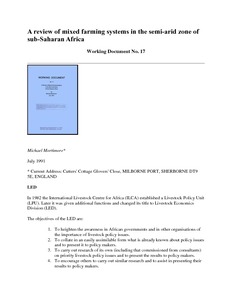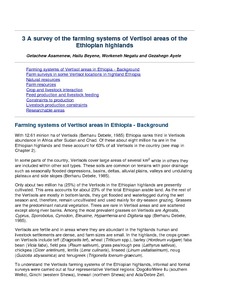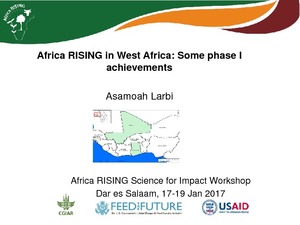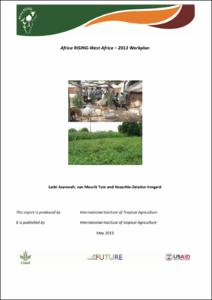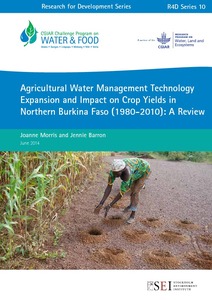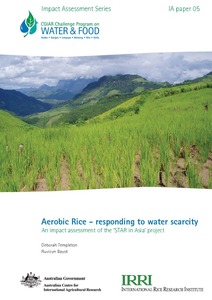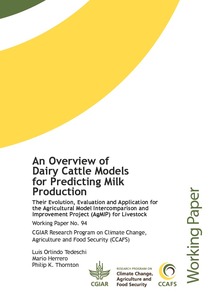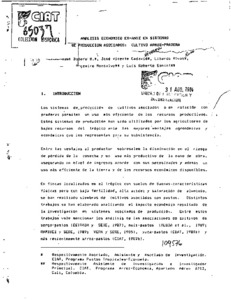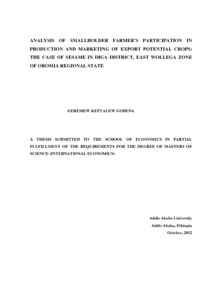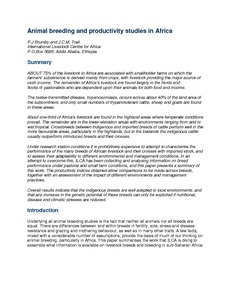A review of mixed farming systems in the semi-arid zone of sub-Saharan Africa
The paper is divided into four chapters. The frist chapter is the introduction. Chapter two discusses the conceptualisation of the farming system with reference to the livestock component and reviews some alternative typologies that have been employed or proposed. A typological framework that is consistent with ILCA's objectives is then outlined. Chapter 3 develops a regionalisation of the semi arid zones of sub-Saharan Africa in four orders of increasing scale. The first order sub-division is between "West and North" and "East and South" geographical regions.

